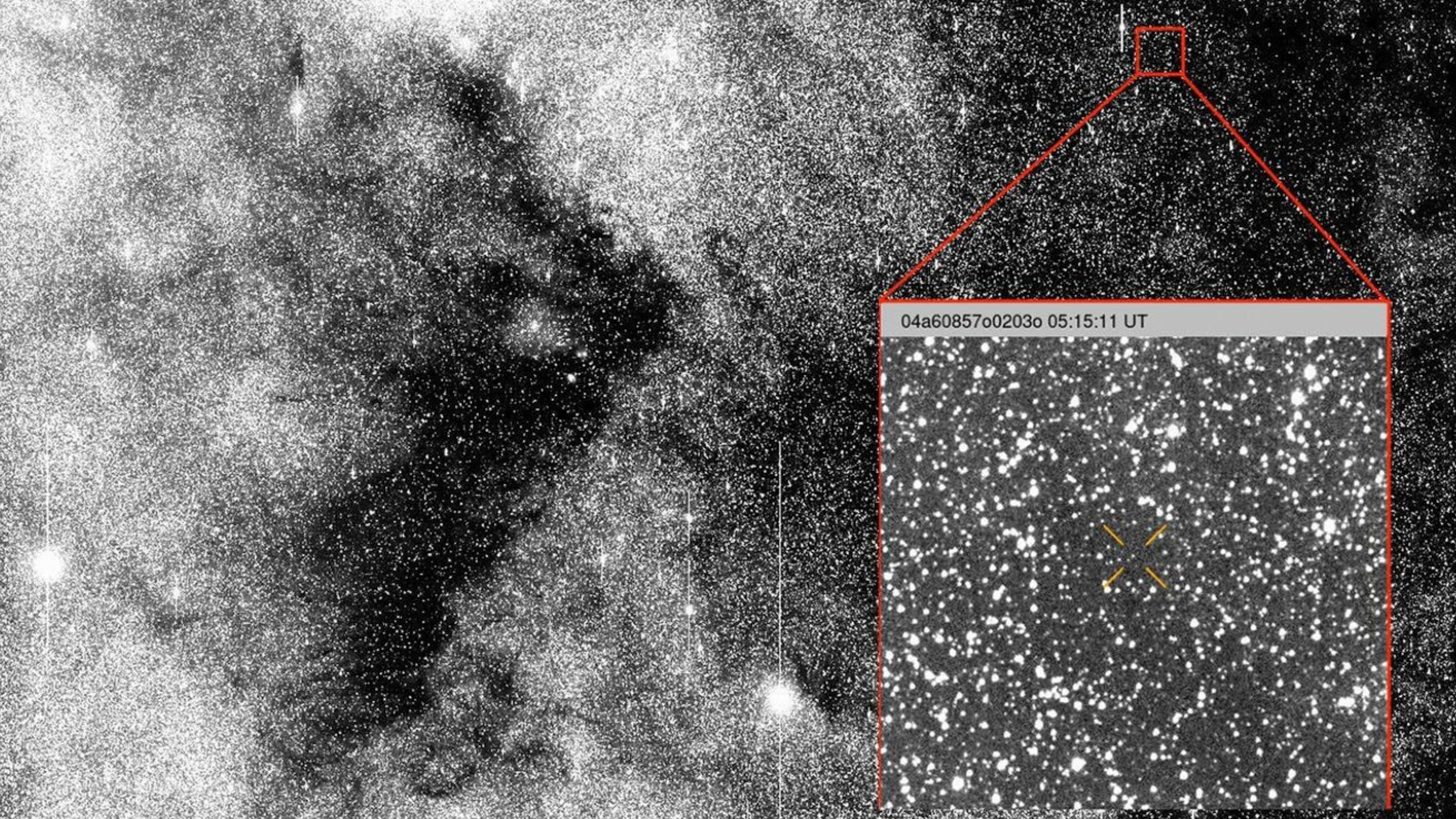The mesopause is the coldest layer of the planet’s atmosphere, with temperatures that can dip to nearly minus 148 degrees Fahrenheit, according to NASA.
Scientists have been eager to learn more about that dynamic part of the atmosphere because it is known to be a “mixing ground where weather patterns from the lower atmosphere transfer energy upward into space, fueling turbulence that can increase drag on satellites.”
Its location, however, is too high for weather balloons to reach and too low to study using satellites. Sounding rockets, on the other hand, can be launched to specific altitudes to capture data and observations.
The first two TOMEX+ rockets will launch within roughly a minute of each other and release trails of vapor, known as vapor tracers. A third rocket equipped with a laser will then send out pulses of light that will help researchers track the twists and turns of the vapor tracers, enabling them to track motions in the upper atmosphere as energy moves through it.
Vapor tracers typically contain barium, lithium and an aluminum compound — similar to the materials used to make colorful fireworks — according to NASA. The small amounts of gas are not thought to be harmful to people or other life on the ground, the agency said.
Earlier attempts to launch the TOMEX+ rockets were called off because of Hurricane Erin, which churned up the Atlantic Ocean last week and created high seas in NASA’s designated rocket recovery area.
Source link
